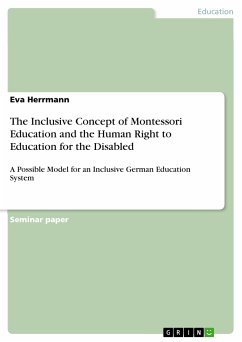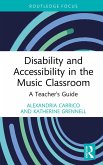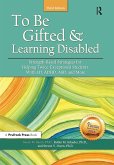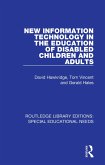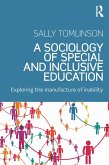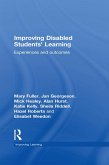Seminar paper from the year 2012 in the subject Pedagogy - Orthopaedagogy and Special Education, Friedrich-Alexander University Erlangen-Nuremberg, language: English, abstract: Integration and inclusion are (pedagogically) central terms of our time, which are increasingly used in the media these days. Not infrequently, they are equated with each other in everyday use, because one might think that the word inclusion has replaced that of integration. Yet these two terms conceal different demands and goals, which play a very important role in the field of education, including in the area of schools. What integration and inclusion pedagogy have in common is the claim to teach children and young people together, regardless of their individual abilities and disabilities as well as their social, ethical and cultural background. Since 2009, Germany has committed itself to establishing an inclusive education system, thus ensuring joint teaching of children with and without disabilities. However, the question of how this can be implemented arises again and again. If one looks at Montessori education, it becomes clear that there is already a long experience with an inclusive concept. The following work will focus on the inclusion of people with disabilities in the area of school. First of all, I will show why the words integration and inclusion often appear side by side, and how they are related to each other, especially in educational discourse. Then I will define the term inclusion. To do this, it is necessary to distinguish it from inclusion in order to get a clear picture of the points in which the two differ from each other.
Dieser Download kann aus rechtlichen Gründen nur mit Rechnungsadresse in A, B, BG, CY, CZ, D, DK, EW, E, FIN, F, GR, HR, H, IRL, I, LT, L, LR, M, NL, PL, P, R, S, SLO, SK ausgeliefert werden.

